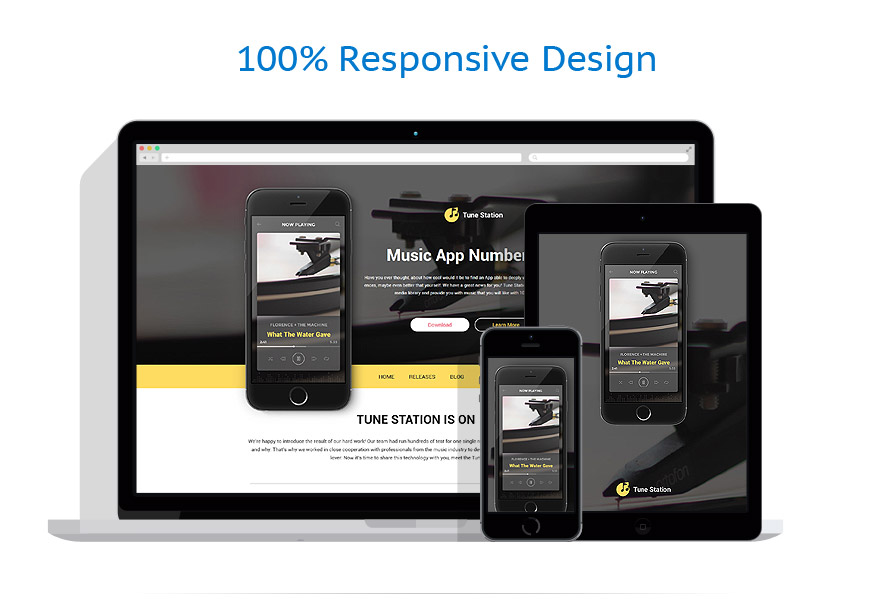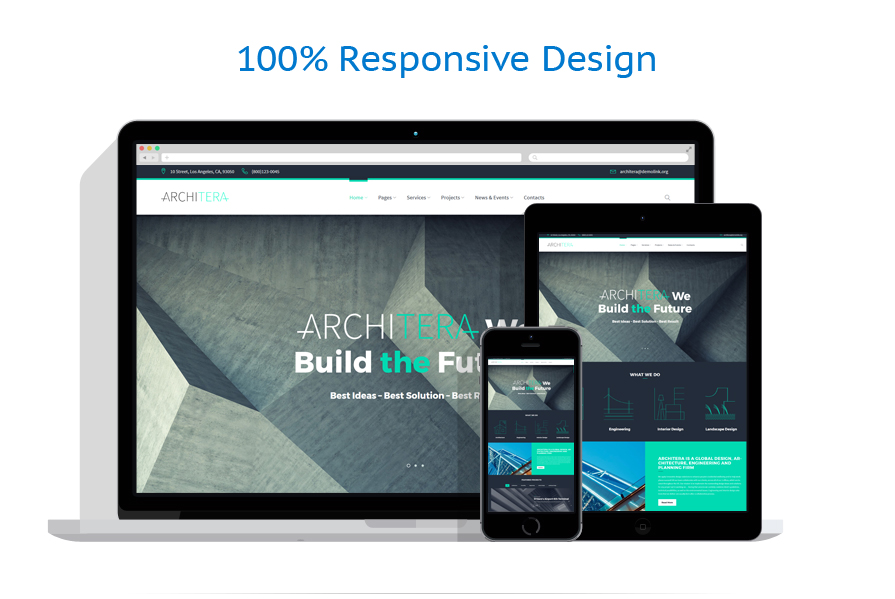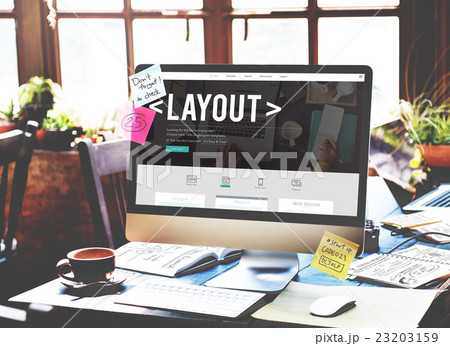
#Responsive layout editor manual
A container can be an auto-layout container in vertical or horizontal direction, or a fixed-layout container, which in the future will support constraints.īelow are some tips for building your app’s UI with containers:Īlways create UI elements that form a UI table inside a container.Īllows the container to have its own responsive properties and settings to specify how it is positioned or resized on different screen sizes.Īllows you to change how its child components are laid out with respect to responsiveness.Ĭhoose one of two layout modes for a container: Manual layout or auto-layout (Horizontal or Vertical) Auto-layout containers Working with containersĬontainers are building blocks of all the responsive design. By default, the template has the same behavior on mobile, however some customizations are recommended based on the UI pattern desired for the mobile experience. The main body consists of a fixed height header, and the main section takes up the rest of the screen width.


The Sidebar layout has a fixed width sidebar on the left. On mobile devices, the sections are placed one below the other, each occupying up the entire screen width. The Split-screen layout has two sections, each occupying 50% width of the screen on desktops. The new responsive layouts are available to the apps formats but the new screen templates are available only for Tablet format. The following responsive layouts can be created by adding a new screen and selecting the appropriate option from the Layout tab: Go to Settings > Display to disable Scale to fit, Lock aspect ratio, and Lock orientation and select Apply.

Open the app where you want to use the responsive layout. Once all these requirements are gathered, you should start thinking about how these different UI layouts can be created in a single application with the responsive tools available in Power Apps.īefore you start using the responsive layouts, you need to do the following: What elements of the app need to stretch or resize?Īre the elements hidden on some form factors?ĭoes the app behave different in some form factors? How the app should look on each form factor? What form factors or devices do you want to support. Designing the app with responsiveness principlesīefore you start designing the UI for your app, you need to consider the following aspects:

Even if the app is intended to be used only on the web browser or on mobile phones, user device screen sizes can be different, so designing the app with responsive principles is a good idea. To ensure great user experience and usability of the app on each form factor and device, designing the app with responsive design principles is necessary. Maintain or change positions with the screen size changes.Įnd users can access your app from different devices such as phones, tablets, laptops, and desktops with large monitors, different screen sizes, and with varied number of pixels. Stretch or resize with the screen size changes. Responsiveness allows different elements of the app to specify how they: Responsiveness refers to the ability of an app to automatically align to different screen sizes and form factors to use the available screen space sensibly, providing great UI and UX in every device, form factor, and screen size.


 0 kommentar(er)
0 kommentar(er)
